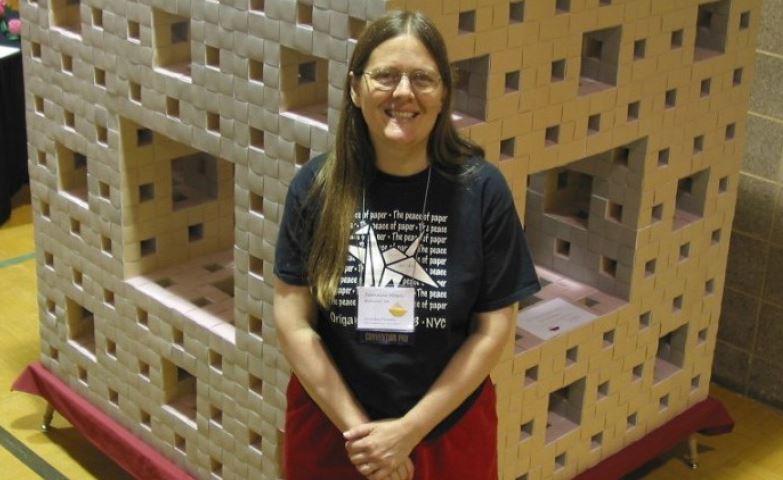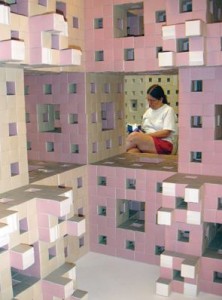Celebrating the The Connective Power of Origami
-
-
slice.mit.edu
Filed Under
Recommended

Science and art come together in compelling ways for Jeannine Mosely. A software engineer at Akamai Technologies in Cambridge, she contributed to the development of cell-phone technology as a graduate student at MIT and has made a mark as a master of origami.
When she talks about the ancient art of folded paper, which her mother introduced her to at age five, it becomes clear that it shares a creative root with programming: the ability to find inspiration in a blank page.
Mosely earned undergraduate degrees in mathematics and electrical engineering at the University of Illinois at Urbana-Champaign, followed by graduate degrees in electrical engineering and computer science at MIT. After MIT she began to work with the powerful new tools of computer-aided design at Cambridge-based ICAD.
Mosely presented at the IgniteCraft Boston 2 event, hosted by the Common Cod Fiber Guild.Meanwhile, she realized that business cards were an interesting shape for use in origami and began using them to build cubes. Watching her seven-year-old son Simon stack those cubes inspired her to create a stable and expandable structure: an illustration of a Menger sponge, a mathematical fractal formed by endlessly dividing each face of a cube into nine squares and removing the resulting smaller cube in the middle of each face and the center of the original cube.

A level-one Menger sponge is made of 20 cubes. Level two encompasses 20 times 20 cubes, and so on. Mosely completed a level-three sponge with 66,000 business cards over the course of 11 years, with help from about 200 volunteers.
“We had to get all new business cards after ICAD moved to Burlington, so I was able to get my hands on thousands of unneeded cards,” she says with a laugh.
Her creation inspired a successful effort to create a level-four mega–Menger sponge last year, involving 20 sites worldwide.







